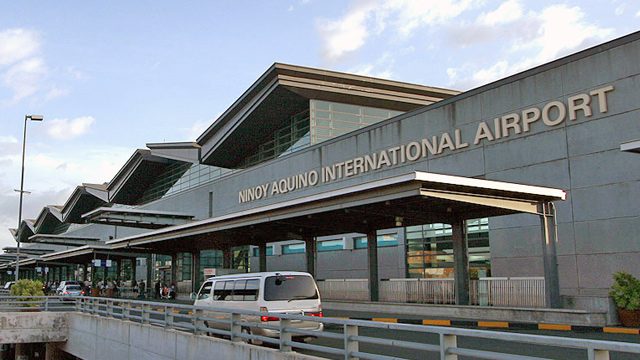This is AI generated summarization, which may have errors. For context, always refer to the full article.
As of 2:02 pm, CAAP says the problem has been resolved and that ‘regular flight operations are now being restored’
MANILA, Philippines – Multiple flights departing and arriving in the Ninoy Aquino International Airport (NAIA) may experience delays due to a “potential problem” with the software of the Air Traffic Management Center (ATMC).
“During the regular monitoring today at the Air Traffic Management Center, the Civil Aviation Authority of the Philippines (CAAP) identified a potential problem with the software of ATMC. To ensure safety of the flying public, CAAP decided to be conservative and manage the operations by providing longer separation of departing flights,” CAAP said in an advisory on Monday, May 20.
As of 2:02 pm, CAAP public information officer Karen Villanda said the problem at the ATMC has been resolved and that “regular flight operations are now being restored.” It may, however, take some time for airlines to clear up flight delays.
Earlier, CAAP had put in place an “air traffic management contingency procedure” to ensure safety. As a result of this, departing flights had longer separation intervals. Villanda said that both traffic coming in and out of Manila may be affected, although she clarified that the communication and surveillance at the ATMC “remain available and unaffected.”
So far, several flights at NAIA have already been delayed. Four AirAsia domestic flights and one AirAsia international flight have been put on hold, as shown in the table below:
| Flight | From | To | New ETD |
|---|---|---|---|
| Z2 329 | MNL | TAC | Standby |
| Z2 309 | MNL | ILO | Standby |
| Z2 225 | MNL | MPH | Standby |
| Z2 615 | MNL | DVO | Standby |
| AK 583 | MNL | KUL | Standby |
Cebu Pacific also released an advisory that “flights departing and arriving at NAIA may experience delays due to issues related to the software at the ATMC which are affecting operations,” although it did not release a list of affected flights.
CAAP has yet to clarify what the technical problem was. – Rappler.com




